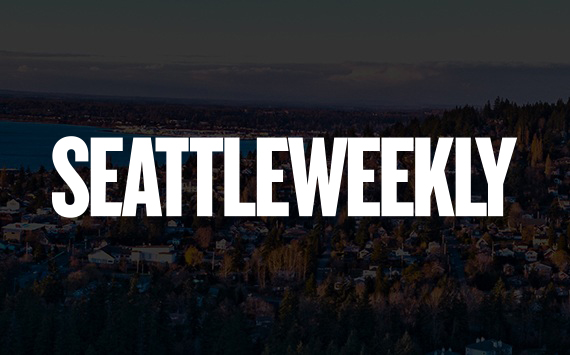Why isn’t software—everywhere? Three years ago, it looked like packaged software would be the ’90s equivalent of the Blob. Programs threatened to echo the title character of that moldy sci-fi flick by mercilessly spreading from computer stores to bookstores, video outlets, music retailers, grocery stores, toy stores, and espresso stands. This oozing into “emerging channels” was expected to help fuel the industry’s dramatic growth.
But then reality stepped in with a scrub brush—and software’s plans for retail domination were washed away by a combination of slowed market growth and stubbornness.
Torpid hardware market growth may have hurt software the most. While lots of PCs are selling, many still go into homes that already have one, leading Computer Intelligence and other researchers to conclude recently that PCs are only slowly inching past a presence in 42 percent of US households. For publishers who say software should be everywhere books are, imagine the market for paperbacks if only two out of every five people had eyes.
Near-stalled market penetration has made it difficult to dramatically lower prices by spreading costs among more buyers—and hit price points newer channels expect. Take grocery stores. Major Connections, a Texas-based distributor of software to supermarkets, swears that “higher-priced” titles can do well alongside $10 videos and $7 paperbacks—as long as “higher priced” means no more than $20. Few new premium software titles sell for that little.
Many larger publishers have compounded these problems by refusing to bend business terms to fit new opportunities. Bookstores expect to buy on terms software companies gag at, taking months to pay and even more time to return unsold titles. Clueless distributors with a one-size-fits-all mentality forced all categories of software onto every type of retailer, even if the demographics of that retailer’s customers were more suited to cookbooks than C++.
A few once-emerging channels have become mainstream: warehouse clubs, mass merchants, electronics stores, and office-supply superstores. But while they move a lot of software boxes, they don’t have a wide selection of titles. And in emerging channels, some once-promising retailers—including Blockbuster, Borders, and Sears—have simply given up on software.
Several developers have succeeded by building products to fit the sales channel. Both Books That Work and Multicom went after home-improvement centers with software for do-it-yourselfers; multimedia crafts developer PrintPaks (recently acquired by Mattel) pursued hobby and craft stores. The toy aisles may be next: At this month’s Toy Fair in New York, at least a half-dozen companies announced plans to follow the lead of Microsoft’s ActiMates Barney and create computer products designed to be sold as toys.
Still-emerging channels may yet break into the mainstream and put software everywhere consumers shop. But the experience of the past three years reveals it will take creativity, focus, and patience—not exactly the higher-order skills displayed by Steve McQueen’s gooey film nemesis.
Think small
Opportunities for new players in packaged software appear as dismal as some in the industry have feared. An analysis of market researcher PC Data’s numbers for December 1997 finds that a mere 10 publishers controlled 59 percent of software boxes sold at the largest retail software outlets. These retail giants are Cendant (owner of Sierra On-Line, Berkeley Systems, Davidson & Associates, Blizzard Entertainment, and Knowledge Adventure), the Learning Company (owner of SoftKey, MECC, Compton’s, and Creative Wonders), GT Interactive (owner of Humongous, Cavedog, and WizardWorks), Broderbund, Microsoft, Electronic Arts, Hasbro, Intuit, Mattel, and Mindscape.
On the sales to corporations side, a mostly different Gang of Ten controlled a breathtaking 95 percent of corporate reseller unit sales. Microsoft—the only company on both the retail and corporate lists—has 40 percent of the corporate market to itself, followed by Lotus, Netscape, Symantec, Novell, IBM, Network Associates, Cheyenne, and Seattle-area firms Attachmate and Wall Data. Staying lean may be the only way new companies can squeeze in.
Local heroes
Nominations for the 1998 Excellence in Software Awards reveal Seattle-area companies have a good shot at picking up a block of marble and glass when the Codies are handed out in San Jose on March 23. Microsoft, with 18 nominations—including three of the six slots for Best Business Software Program—led the finalists named by the Software Publishers Association for the industry’s most prestigious honor. Visio, Sierra On-Line, and Edmark each got three nominations, and Design Intelligence, ONYX Software, RealNetworks, Micro-rim, and ImageX received one each. Most headline-savvy local nomination was Microsoft’s. The product box for Age of Empires, up for Best Strategy Software Game, declares, “Choose your favorite form of world domination.”
Frank Catalano, a Seattle-area analyst for interactive multimedia and software companies, can be reached at catalano@catalanoconsulting.com.
Complete Byte Me archives are available at www.catalanoconsulting.com






